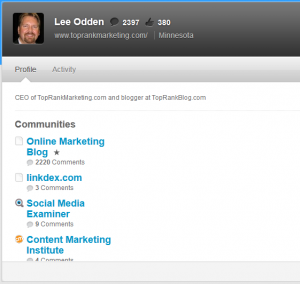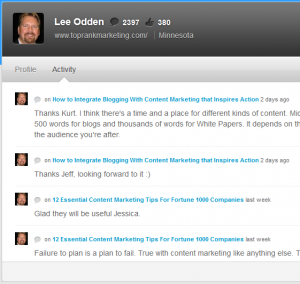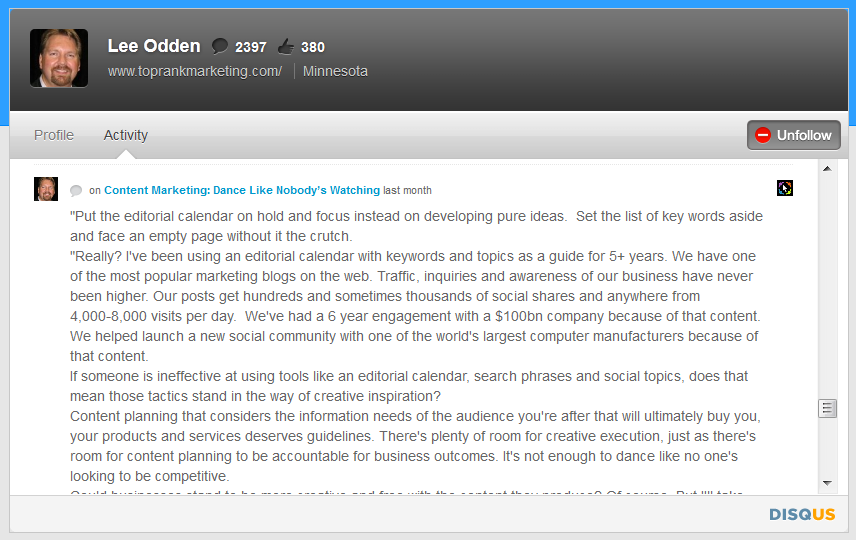There are a few different ways to build a typical profile of your blog readers. If you have deep pockets, you can pay for a demographic study. For big brands, this may be the most reliable way to know exactly who your target market is, but for most small businesses, the cost may not be acceptable.
But if your business doesn’t have thousands of blog comments to sift through, you may be able to use an old school method of finding out what makes your readers tick. It’s also a great way to start building lasting relationships with your readers. There are a few ways to do this.
Knowing what other sites your readers visit and comment on can often reveal a lot. This isn’t an overnight solution, by any means, and it’s not automated – it’s more of an ongoing manual process. But the information you get can sometimes be more valuable, in terms of engagement, than an expensive demographic study will provide.
Finding your Readers’ Interests

This involves some research on the individuals leaving comments, and the way in which readers can comment on your blog can make the process much easier.
For instance, if you enable Disqus commenting, you can mouseover the avatar and click on Full Profile to view a list of the last 25 Disqus comments that person has left, on what sites and when. That will give you some insight to their areas of interest.
You can also click through to individual comments on other blogs to get sometimes a better idea of what their interests are and their knowledge level of particular topics.
It will also provide you with the total number of comments they’ve made within the Disqus system and the number of Votes they have received on their comments, the number of followers they have within the system and the number of other people they follow. This can (sometimes) give you an indication of the perception of others of the quality of their comments.
You can also copy their username and paste it into your browsers address bar after disqus.com/, such as: http://disqus.com/JohnDoe/. This will take you to their Disqus profile page. On the Profile tab, you can see their own site’s URL, and you can probably learn a good bit about them there, particularly when they have an About page or a blog. You can also see the ten sites on which they have most recently left comments within the system.
This will take you to their Disqus profile page. On the Profile tab, you can see their own site’s URL, and you can probably learn a good bit about them there, particularly when they have an About page or a blog. You can also see the ten sites on which they have most recently left comments within the system.
Clicking on the Activity tab will present you with a list of all the comments they’ve made within the system, arranged from most recent on, in terms of hours, days, months or years ago. If their comments in the system are very few or all a year or more old, the information you can get may be less valid, however.
Note what sort of blogs they seem to comment on the most. Are they mostly technical, artistic, news, opinion, etc.? A common theme will give you some insight. Now look at the comments themselves. Do they offer advice, opinion, questions? Here, you may be able to get an idea of how knowledgeable the individual is and what interests them.
This can make your efforts much more effective in responding to their comments in a way that will encourage them to further engage with you. If you’ve enabled commenting by signing in via Twitter, Facebook or LiveFyre, you can gain similar insights. Allowing anonymous commenting, on the other hand, can result in a lot of missed opportunities.
Obviously, if you have hundreds or thousands of people commenting on your blog, a manual process such as this can quickly become a major burden. But used selectively, as a first step in building a relationship with your readers, this in-depth information can be much more valuable than what any demographic study will provide.




